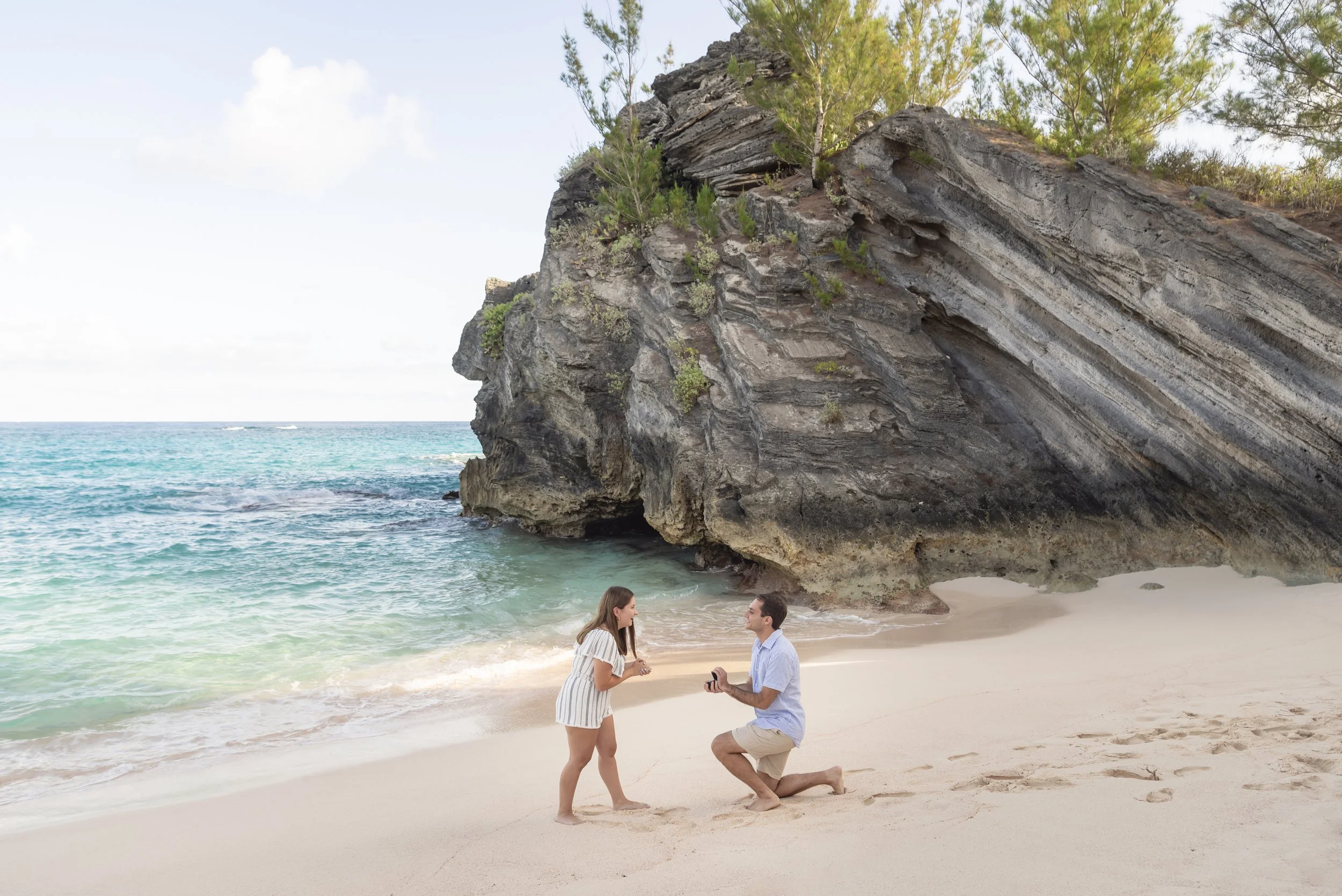Bermuda is known for it’s “pink” sandy beaches; there’s no denying that. As I’m often on these beaches - capturing my clients’ special memories, I’m asked the following questions:
What makes the sand pink?
Is this the “pink sand”?
Where is the most “pink sand”?
Will the sand look pink during our photo shoot?
To answer the first question, I’d like to quote part of an article from the Bermuda Institute of Oceanic Sciences (BIOS):
“Foraminifera (or “forams” for short) are single-celled marine organisms with shells, called “tests”, that are made of calcium carbonate, the same material found in the shells of other marine organisms such as corals, lobsters and mussels. Forams are not considered animals because they do not have bodies that are divided up into multiple cells; however, they are also not quite plants because they don’t photosynthesize like plants and algae.
~
In Bermuda, one particular species of red foraminifera, Homotrema rubrum, grows abundantly on the undersides of coral ledges. When the forams die, either naturally or from the crushing forces of wave action, their tests sink to the bottom. Over time, tidal forces and waves wash these tests ashore, where they mix with the white crushed skeletons of other marine organisms, giving the sand a pink hue.”
Now that we know what causes the sand to appear pink - let’s take a step back and compare the photo above to the photo below. Up close - one can easily see the pink granules in the sand; there’s no denying it. From a distance, the sand may appear to be more of a tan - or a “warm tan” color.
The beaches along the south shore of the island in particular have the “pink sand”. Reason being - the coral is closer to the island on the south shore vs. the north shore of the island. These beaches include Warwick Long Bay, Jobson’s Cove, Stonehole Bay, Chaplin Bay, Horseshoe Bay, and Church Bay. There are also a few resort beaches located on the south shore; they also have the pink sand.

The natural light is often controlled by the weather; if it’s bright and sunny - the sand will appear brighter; perhaps whiter. Simultanously - the water may appear more blue. If it’s a little overcast, the sand may appear less bright; perhaps more tan. While the water may appear more grey/blue under a few clouds. I personally recommend capturing photos during the golden hour when possible to enhance the color of the pink sand. Essentially - you’re allow the warm glow of the sunset or sunrise to “boost” the tones in the pink sand.
While you may have seen photos in various travel brouchures that make the sand in Bermuda appear to be “electric pink” - the images seen here are a little more realistic. Additional information can also be found on the Bermuda Tourism Website; click “here” to access their article regarding the pink sand.



